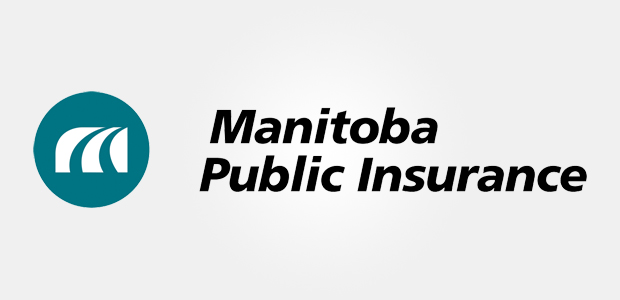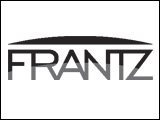Manitoba Public Insurance reported a net loss of $3.6 million for the nine months of its fiscal year ending November 30, 2016 – a decrease of $14.5 million over the same time period last year. This includes net loss to the Basic insurance line of business of $31.2 million in the first nine months of the 2016/17 fiscal year.
Total earned revenue for the first nine months was $896.3 million which is an increase of $48.5 million from the same period last year – primarily attributed to increases in motor vehicle premium revenue as the result of the number of motor vehicles insured, and the value of these vehicles.
“The overall financial picture was affected by an increase of $158.0 million in total claims costs compared to the same period last year, while an increase of $101.8 million investment income helped offset these increased costs,” said Heather Reichert, vice-president, Finance and Chief Financial Officer, Manitoba Public Insurance.
Total claims costs included a $98.5 million increase in bodily injury claims and a $56.8 million increase in physical damage claims compared to the first nine months of last year. The bodily injury increase is primarily due to the interest rate adjustment on unpaid claims, however, an increase in collision claims is also negatively impacting claims costs.
On December 15, 2016, the Public Utilities Board released its ruling on the Corporation’s rate application for the 2017/18 fiscal year. Effective March 1, 2017, overall average Basic insurance rates will increase by 3.7 per cent for the 2016/17 year. This marks only the third time in the past 10 years that Manitoba Public Insurance will be increasing rates overall for Manitobans.
“The Corporation acknowledges that the overall 3.7 per cent increase in premiums ordered by the Public Utilities Board will mitigate the risk of continuing to rely on interest rate forecasts of the five major Canadian banks, but that if interest rates continue to under-perform against the projections the Board has ordered the Corporation to use, the Corporation will continue to remain financially vulnerable,” said Reichert.
“The Corporation also remains concerned that failure to establish an appropriately sized rate stabilization reserve for the Basic compulsory insurance program based on standard industry practice will continue to make it difficult to protect vehicle owners from large premium increases or the potential need for a rate stabilization reserve rebuilding fee in the future.”




